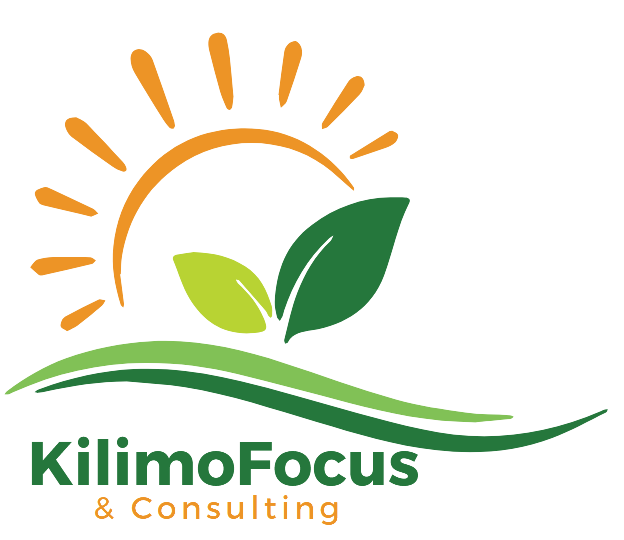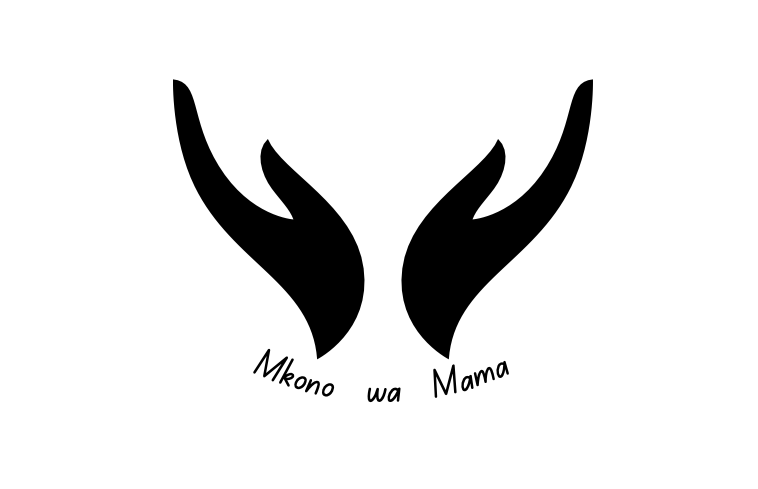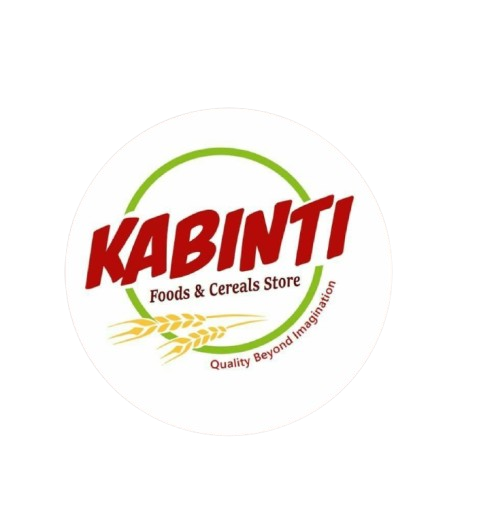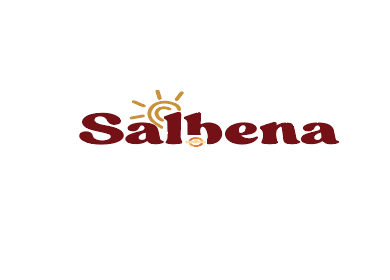Sustainable Community Development (SUCODE)
INTRODUCTION
The Sustainable Community Development (SUCODE) project, implemented by Sustainable Agriculture Tanzania (SAT) in partnership with Nachhaltige LandwirtschaftOstafrika (NLO), is an initiative aimed at enhancing the resilience and livelihoods of rural communities around the Mkingu Nature Forest Reserve (MkNFR) in Morogoro, Tanzania. The project, which spans three years from August2023 to July 2026, focuses on empowering these communities through agroecological practices, climate change adaptation, and financial literacy. Drawing from the EU Gender Action Plan III (GAP III), the project emphasizes inclusivity, ensuring active participation of women, youth, and persons with disabilities in leadership roles and decision-making processes.
Needs for Change
The rural communities residing near Mkingu Nature Forest Reserve face numerous socio-economic challenges, including the impacts of climate change, soil degradation, lack of access to quality agricultural inputs, limited knowledge of sustainable farming practices, and inadequate financial services. These challenges have resulted in low agricultural yields, increased food insecurity, and limited economic opportunities. Moreover, the traditional farming methods and poor land management practices have worsened environmental degradation, putting additional strain on the natural resources. The SUCODE project was conceived to address these pressing issues by promoting agroecological practices, enhancing financial literacy, and fostering stronger community collaboration.
Outcomes of the Project
The primary outcomes of the SUCODE project are:
- Outcome 1: Rural communities benefit from increased climate resilience by implementing self-developed strategies for adaptation and mitigation of climate change impact.
- Outcome 2: Farmers around Mkingu Nature Forest Reserve increase climate resilience through practicing sustainable farming practices with positive impact on resilient production and on the environment.
- Outcome 3: Alternative income generation, contract farming and saving and lending activities increase livelihood opportunities for the rural communities.
Project Approaches
SUCODE project employs a diverse approach to achieve its objectives:
- Climate Change Adaptation: Through PACDR workshops, communities are equipped to assess climate risks and develop tailored adaptation action plans. These plans are endorsed by local governments to ensure collective action and sustainability.
- Agroecological Training: Farmers receive hands-on training in organic agriculture, agroecology, and sustainable land management practices, including composting, intercropping, and tree nursery establishment. These practices are demonstrated in community farms to encourage widespread adoption.
- Financial Literacy and Inclusion: The project establishes savings and lending groups, providing members with training in financial management and entrepreneurship. These groups serve as a platform for accessing loans and savings, which are reinvested into agricultural and small business ventures.
Key Achievements of the Project
During its initial year of implementation, the SUCODE project has made significant progress:
- Climate Resilience: A total of 15 communities around Mkingu Nature Forest Reserve have developed and endorsed Climate Change Adaptation Action Plans (CCAAPs), benefiting 376community members, including 34% youth and 2% persons with disabilities.
- Agroecological Practices: The project has trained 376 farmers in sustainable farming techniques, resulting in the establishment of 15 community nurseries and the production of over 13,000tree seedlings, contributing to on-farm biodiversity and environmental conservation.
- Economic Empowerment: Eleven savings and lending groups have been formed, with 275 members receiving training in financial management. These groups have collectively saved EUR3,707 and disbursed loans totaling EUR 3,208 to 76 members, supporting various agricultural and entrepreneurial activities.
The Sustainable Community Development (SUCODE) project is kindly supported by



Business Name: KilimoFocus and Consulting
Founder / Owner Name: Rebeca Andrew
Location: Dar es Salaam
Products/Services: The enterprise sources, packs, brands, and supplies food products to supermarkets and retail stores and provides consultancy services for agricultural projects
Instagram: @kilimofocustz

Business Name: Healthy Dried Food Tanzania
Founder / Owner Name: Oliver Kavishe
Location: Bagamoyo, Pwani
Products/Services: Snacks and food items such as dried fruits and vegetable powders
Instagram: @dried_foodtz

Business Name: Mamahealth Enterprises
Founder / Owner Name: Aslatu Nguku
Location: Dodoma
Products/Services: Preserving fruits and vegetables into healthy snacks and flours
Instagram: @mamahealthtz

Business Name: LPHQ Enterprise
Founder / Owner Name: Angelina Sylvester Hillu
Location: Iringa
Products/Services: Tomato wine
Instagram: @elitewinetanzania

Business Name: Golden Key Organic Processor
Founder / Owner Name: Farida Salehe Nassoro
Location: Dar es Salaam
Products/Services: Health and beauty products made from pure natural plants
Instagram Account: @fora_products

Business Name: Mamabora Food Products
Founder / Owner Name: Rose Mjuni
Location: Arusha
Products/Services: Nut butter with chocolate
Instagram Account: @mamaboranuts

Business Name: Mjasi Enterprises
Founder / Owner Name: Eva John
Location: Dar es Salaam
Products/Services: Ground, beetroot, carrot, coconut, potatoes
Instagram Account: @mjasienterprises_tz

Business Name: Mkono wa Mama
Founder / Owner Name: Ketteneema Lukindo
Location: Dar es Salaam
Products/Services: Fruits Candy and Pastes
Instagram Account: @mkonowamama

Business Name: Kabinti Products
Founder / Owner Name: Sarah Benard
Location: Ilboru, Arusha
Products/Services: Porridge Flour and Pumpkin Seeds Flour
Instagram Account: @kabinti_products

Business Name: Salbena Investment Company Limited
Founder / Owner Name: Simon Majeni
Location: Dar es Salaam
Products/Services: Organic honey
Instagram Account: @Salbenahoney

Business Name: Cocozania Group
Founder / Owner Name: Masome Daniel Kulwa
Location: Dar es Salaam
Products/Services: Virgin coconut oil, blended coconut oil, coconut biscuits, coconut powder
Instagram Account: @Cocozania_Official

Business Name: Nita Food Products
Founder / Owner Name: Lilian Mmbando
Location: Arusha
Products/Services: Nutritious seeds
Instagram Account: @nitafoodproducts

Business Name: Rejuvenation Food Africa limited
Founder / Owner Name: Anne Outwater
Location: Dar es Salaam
Products/Services: Ice cream from wild fruits and honey
Instagram Account: @zaidiicecream




